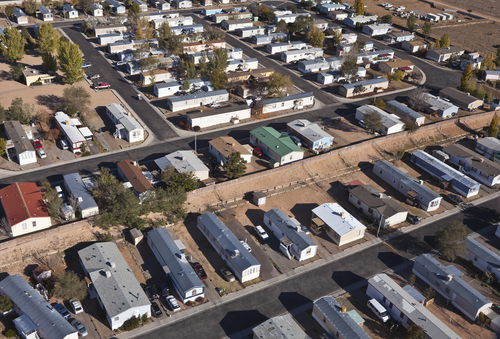The U.S. Treasury Department and the Internal Revenue Service, in partnership with the Department of Energy (DOE), will stop accepting new applications for the 2023 program year for the Low-Income Communities Bonus Credit Program on Feb. 29.

Until then, applications will continue to be accepted on a rolling basis but only applications submitted in categories with remaining capacity will be considered. Interested parties can go to the DOE’s website for updates on how much capacity remains available by category.
After the 2023 program year applications have been processed, all applications that do not receive an allocation will be withdrawn and those applicants will need to reapply for the 2024 program year.
The program was established through the Inflation Reduction Act, the the largest clean energy and climate investment in history. It provides a 10- or 20-percentage point boost to the Investment Tax Credit for qualified solar or wind facilities in low-income communities. The goals of the program are to increase access to clean energy in low-income communities, encourage new market participants, and benefit individuals and communities that have experienced adverse health or environmental effects or lacked economic opportunities.
“President Biden’s Inflation Reduction Act is ensuring all Americans benefit from the growth of the clean energy economy through good-paying jobs and lower costs,” Deputy Secretary of the Treasury Wally Adeyemo said. “There has been sky-high demand for this program and these historic opportunities to invest in underserved communities will continue in the next program year.”
During the initial 30-day application window, the program received more than 46,000 applications for new energy facilities. The facilities were located in low-income communities to benefit low-income households from across the country, including 48 states and the District of Columbia.
The applications represent more than 8 gigawatts of generation capacity, or the equivalent power used by 800 million LED light bulbs. This is more than four times the total capacity available for the 2023 program, indicating the huge demand for the program.
The 2024 program, opening this spring, will unlock an additional 1.8 gigawatts of capacity to support these critical investments.